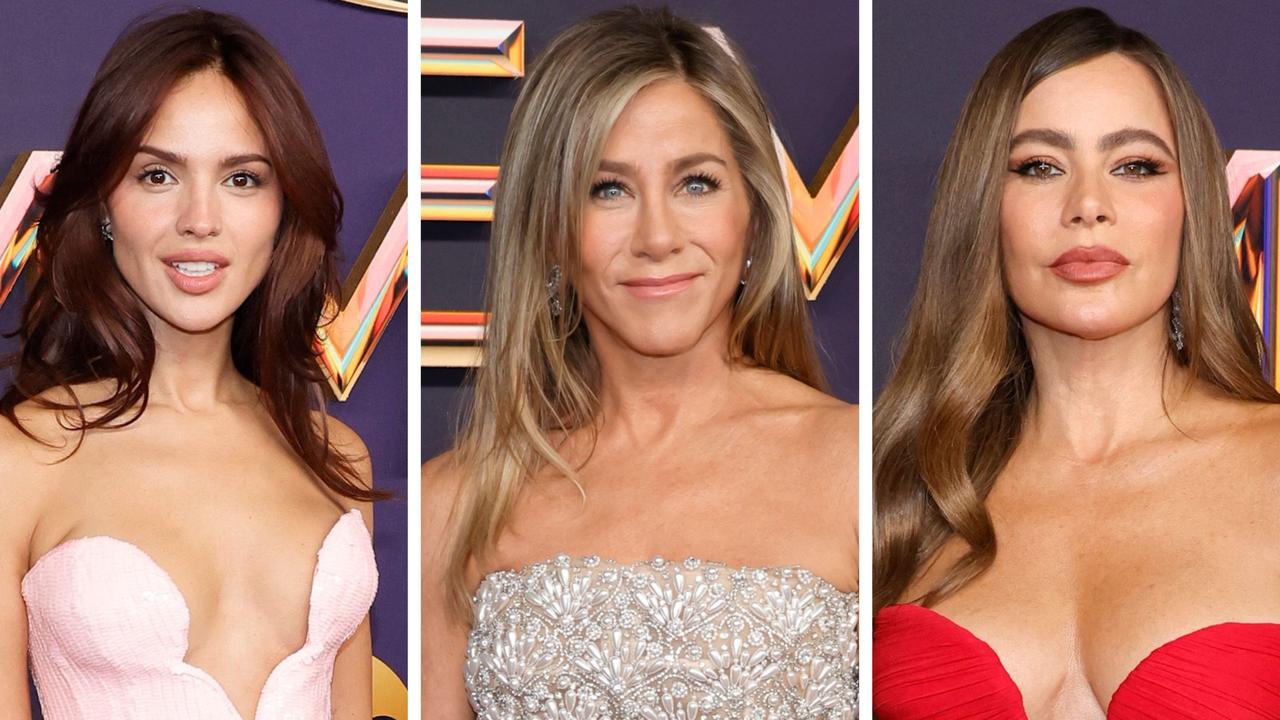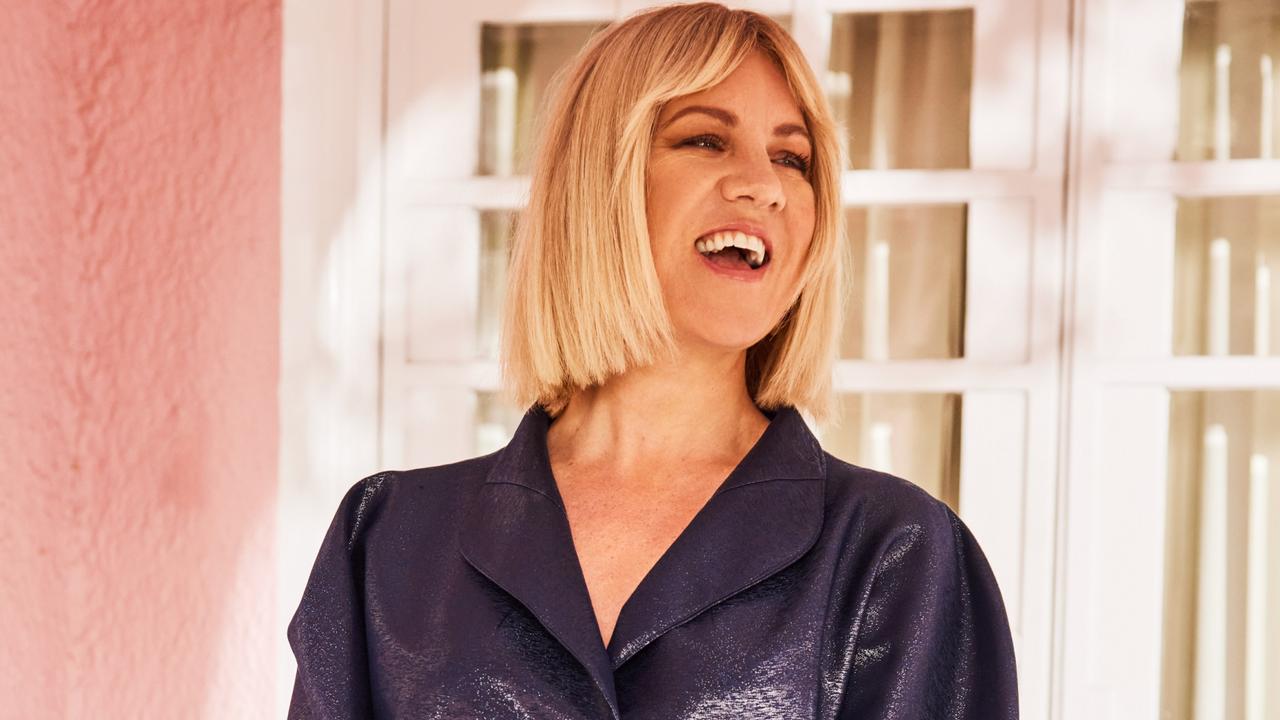‘They sell very quickly’: From Rabanne to Gucci, inside the big business of luxury fashion’s affordable revolution
Designer labels Rabanne and Gucci are turning to mass fashion brands like H&M and adidas to boost sales, as the ‘affordable luxury’ trend grows.
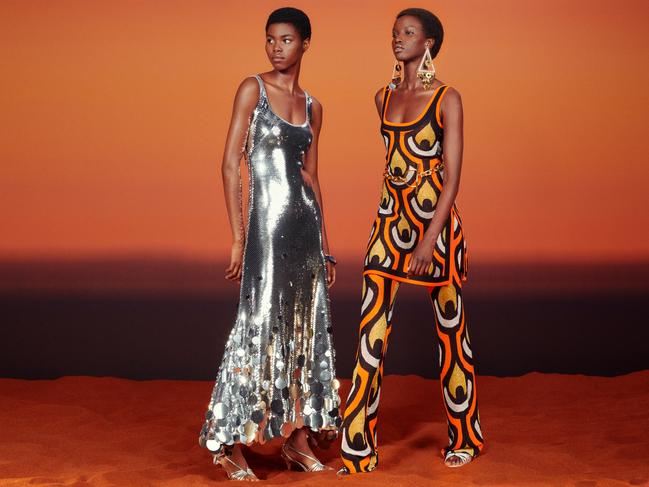
Celeb Style
Don't miss out on the headlines from Celeb Style. Followed categories will be added to My News.
High-end designer brands are turning to mass fashion chains to boost sales, as the “affordable luxury” trend grows.
From Rabanne to Gucci, pricey labels are bringing their products down several price points to chains like H&M and Target to lure budget shoppers.
The latest international fashion house turning its hand to a more affordable “capsule” collection is Paris-based Rabanne (formerly known as Paco Rabanne), which is this month set to unveil its limited edition range with Swedish chain H&M, dubbed Rabanne x H&M – priced from $44.99 to $699.
H&M has a long history of successful collaborations that bring designer to the masses including Lanvin and Margiela – and most recently, with Mugler earlier this year.
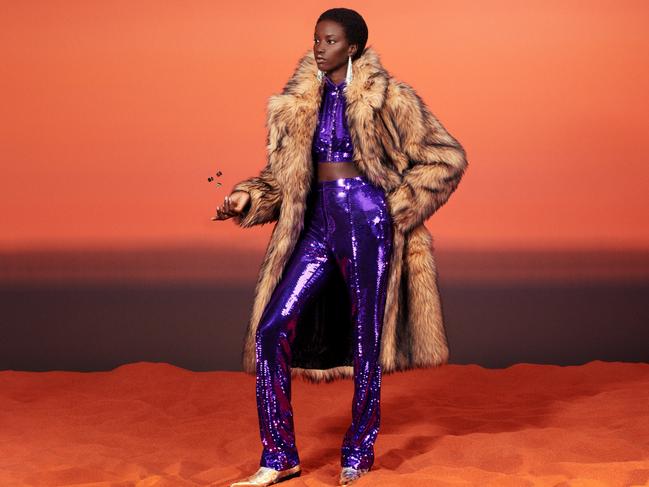
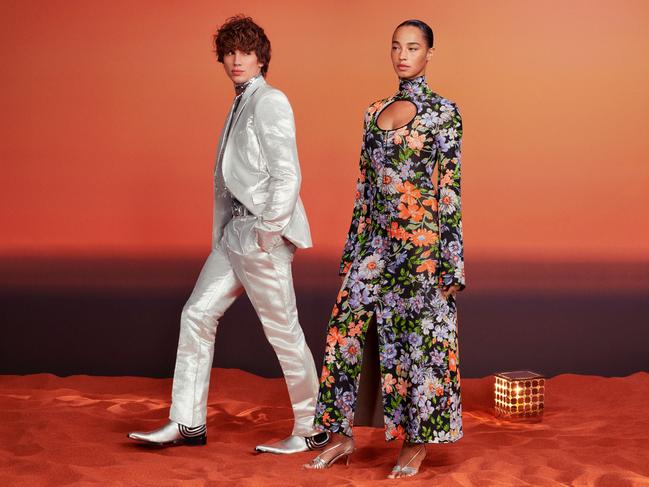
Rabanne creative director Julien Dossena described the brand’s collaboration with H&M as “really inclusive, playful and light”.
“It was important that the collection contained some of our most recognisable pieces – our house icons – and that it felt relaxed and effortless, not complicated,” Mr Dossena said.
“I’ve always been interested in the way real people dress, so it’s not a new idea to me to be mixing labels and looks … I’m not so interested in the label so long as something is well-made and interesting.”
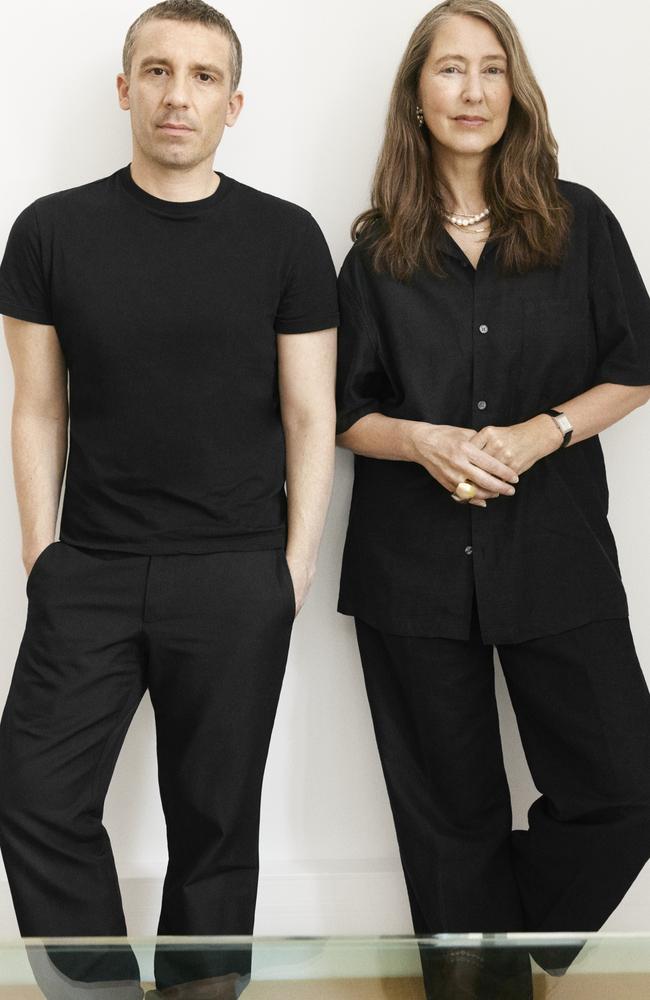
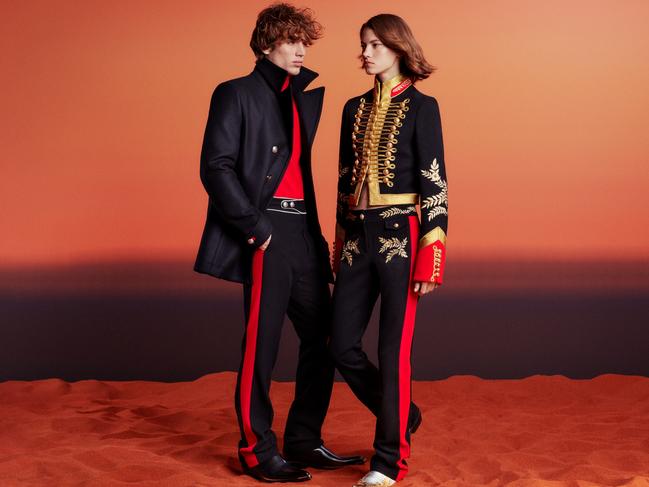
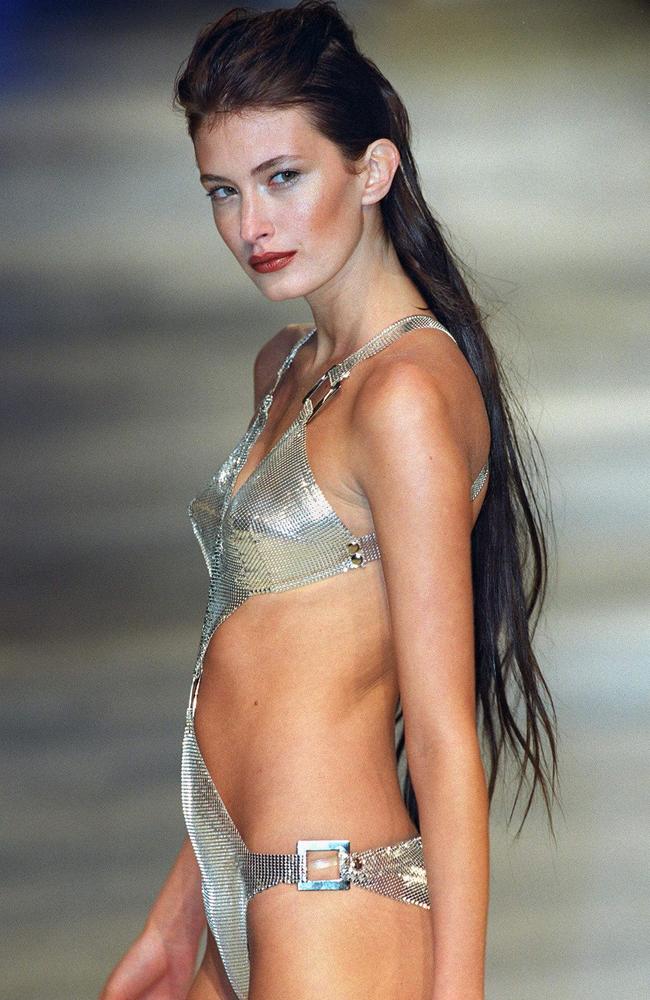
Head of womenswear and creative adviser at H&M Ann-Sofie Johansson said value for money was at the core of the new collection.
“Giving our customers good value items is a big focus, and we’ve tried to keep a broad mix of house icons that are statement pieces of design, and the more every day pieces,” Ms Johansson said.
“The reaction to Mugler was incredible, and the reaction to Rabanne so far has been equally positive.
“Our main goal with the designer collaborations is to offer our customers something totally unique.”
From Stella McCartney’s longstanding partnership with adidas, to Kate Moss for Topshop, Target’s previous lines with McCartney, Rodarte and Proenza Schouler – and the powerhouse pairing of Fendi and Versace to form “Fendace” – brands have long been using each other as leverage.
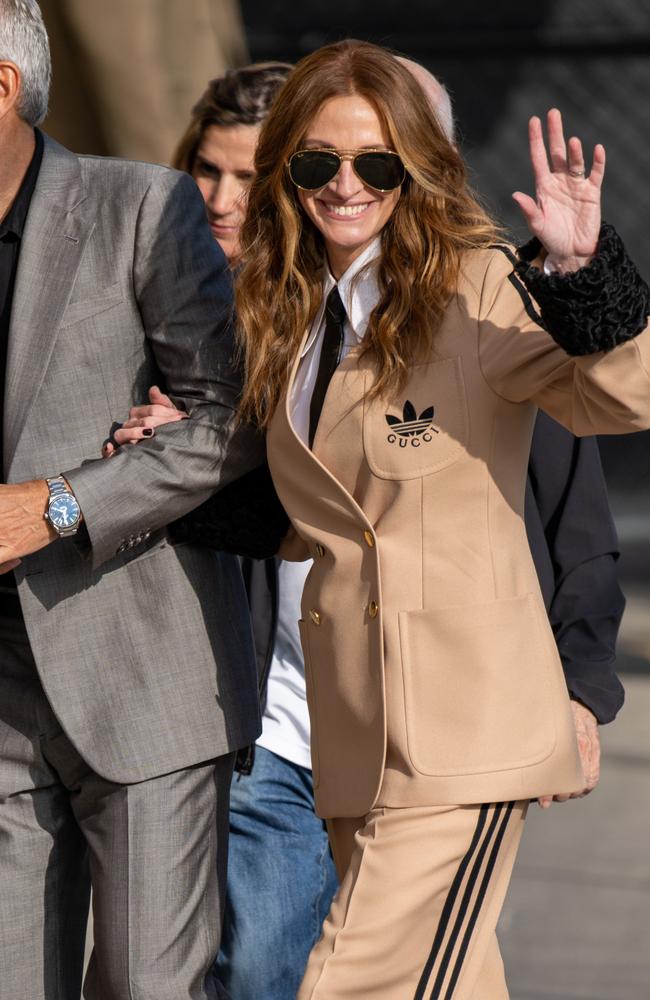

Australian Retailers’ Association chief executive Paul Zahra said designer collaborations were growing in popularity, and were a “strategy for value brands to make luxury brands accessible to the budget conscious consumer”.
“These collaborations are generally one-off capsules that are in high demand and are designed to sell very quickly,” Mr Zahra said.
“Value is likely to remain a key focus for some time among consumers. At the same time, consumers have had a tough few years and are still looking for opportunities to
reward themselves and those they love.”
Vogue Australia fashion features director Alice Birrell said high versus low retail collaborations opened up brands to new consumers.
“It is rare that labels, usually on offer at high price points, become available to anyone but the small few who are able to afford luxury fashion,” Ms Birrell said.
“The opportunity to buy something created by the top design talent in the world is a collector’s dream come true. While high street brands make in large quantities, these collaborations, though widespread, are relatively limited, so there’s also an element of desirability where supply doesn’t meet demand, making them even more highly sought after.” Of Rabanne x H&M, Ms Birell said there was added interest due to Rabanne’s “current appeal under creative director Julien Dossena who has revitalised a house that held so much cultural significance in the 1960s”.
JULIEN DOSSENA, RABANNE CREATIVE DIRECTOR
You have previously said, “the Rabanne person is always on the move”. In light of that, what was the inspiration around Rabanne’s new collaboration with H&M? Who or what was inspiring you?
Julien Dossena: “My challenge at Rabanne has always been to help people understand that the founder really prized effortlessness as a feeling, in addition to radical chic. He wanted his clothes to be worn every day, and I feel the same – I have a very practical side to my character as a designer. We say the Rabanne person is always on the move because it’s true, I design for people with children to collect from the creche as well as the ones who have a party to go to on Saturday night. With this collection, I wanted it to be really inclusive, playful, and light. I based the idea for the collection around the lifestyle of the brand. I had the idea of a 1970s pool party, inspired by a Helmut Newton photograph, with an atmosphere of instinctive fun. It was important that the collection contained some of our most recognisable pieces – our house icons – and that it felt relaxed and effortless, not complicated.”

You have spoken about wanting to “democratise the name of Rabanne”, and a collaboration like this with H&M means you are tapping into a new customer, at a more affordable price point. How important is it for Rabanne, as a luxury house, to also consider accessibility?
JD: “I can certainly remember being a young fashion student, and the feeling of getting your hands on a true piece of design from a big brand was so exciting. Being able to share our house icons with more people, at a lower price point, is something I felt quite strongly about from a personal perspective. I have friends who have pieces they treasure from the H&M Lanvin collection, the H&M Margiela collection, and who still wear them today, many years later. That idea of offering iconic pieces that people will treasure for years, at a price that is more affordable, really appealed to me.”
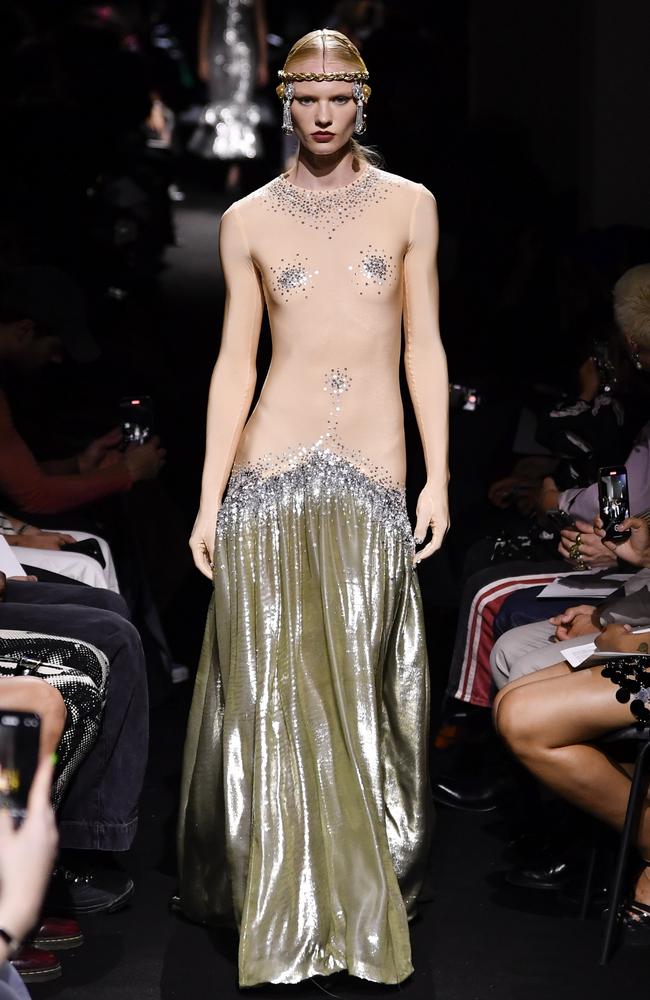
What did you learn from your experience working with H&M on this collection?
JD: “I was clear from the beginning that I wanted to observe best practice with this collection, and I was impressed with the attention to detail and the passion that the H&M team put in to achieve that. The most challenging thing for us was the chain mail, which we have been trying to develop in a more sustainable way for years without compromising on shine and durability. H&M worked with a supplier and managed to achieve it in a blend of recycled and conventional metal, so this is a big lesson for us and something we’re excited to take into the future.”
In the current state of the global economy, there has been a lot written about how to mix “high” and “low” brands (luxury with chain stores). What is your take on this? And how do you distinguish from investment pieces versus pieces that a consumer can buy from more affordable brands?
JD: “I’ve always been interested in the way real people dress, so it’s not a new idea to me to be mixing labels and looks. I love the idea of mixing a flea-market find with a beautifully made piece, like old second-hand jeans and a beautiful blouse. To be honest, I’m not so interested in the label so long as something is well-made and interesting.”
More Coverage
Originally published as ‘They sell very quickly’: From Rabanne to Gucci, inside the big business of luxury fashion’s affordable revolution



